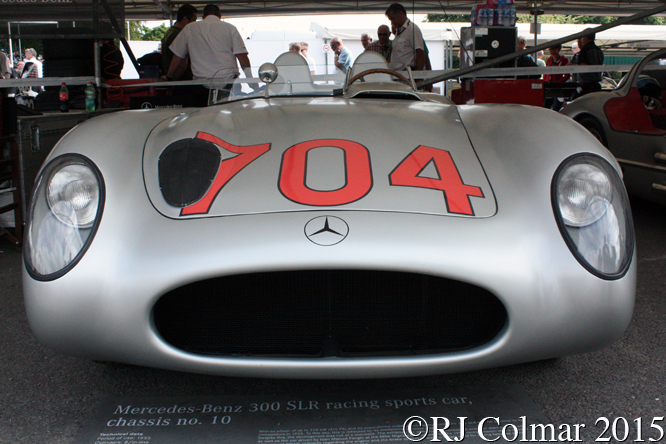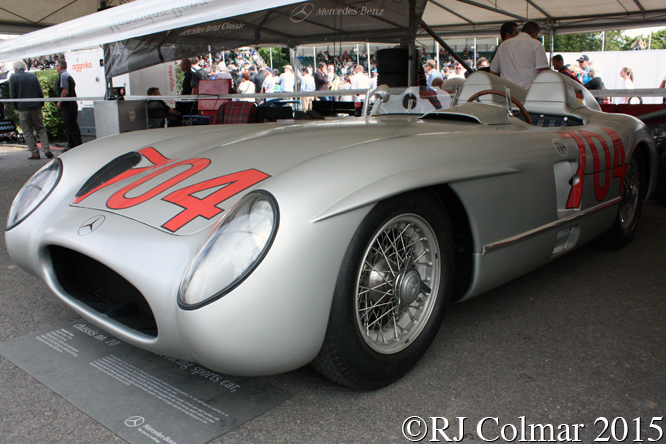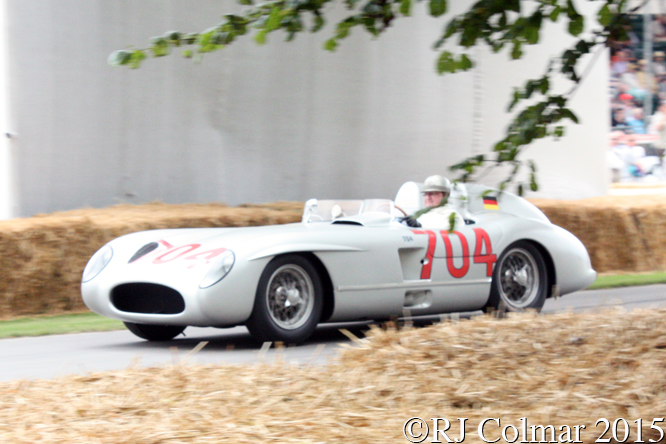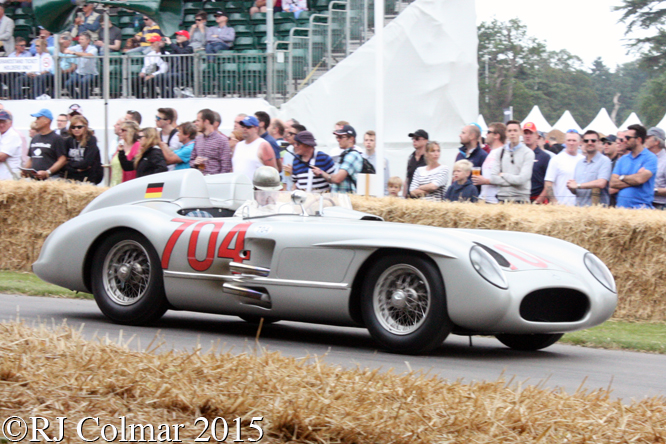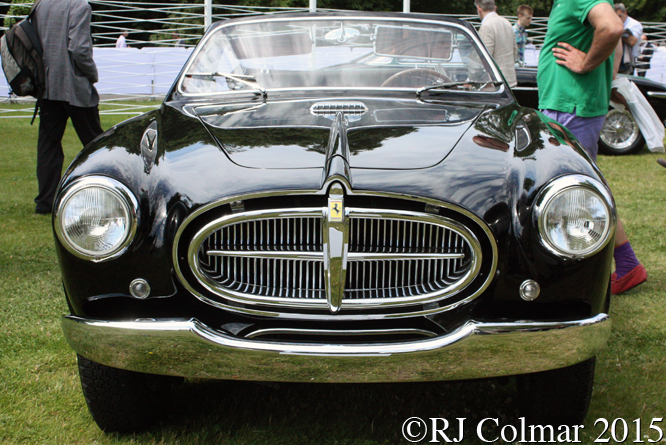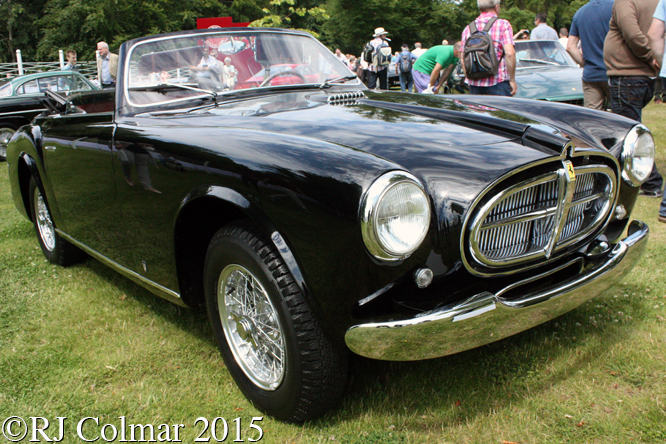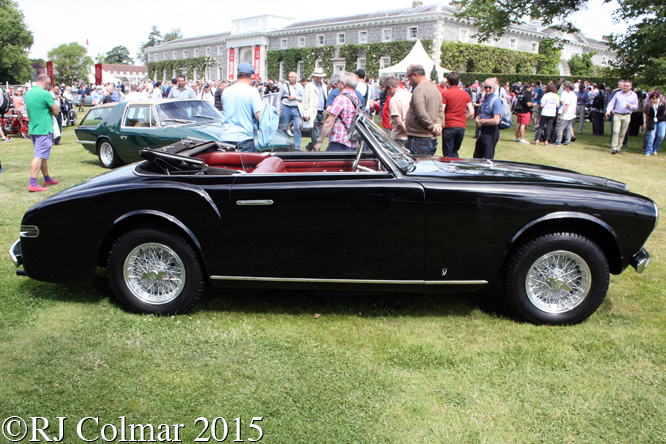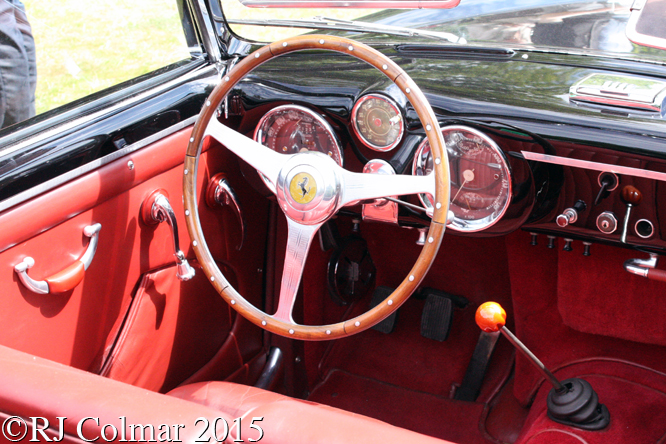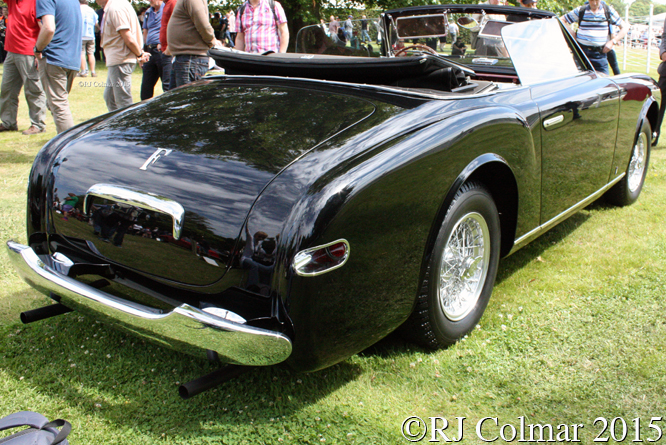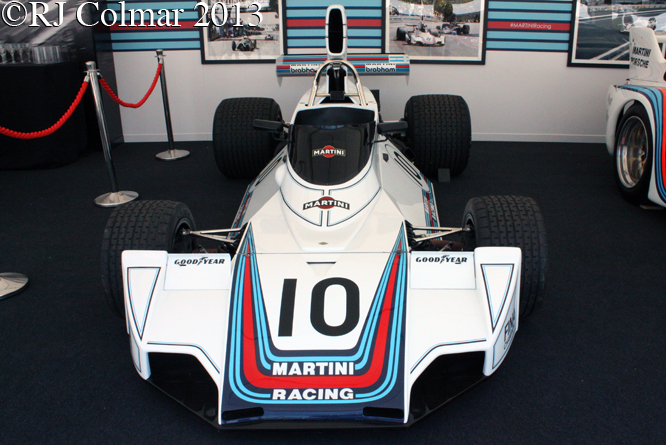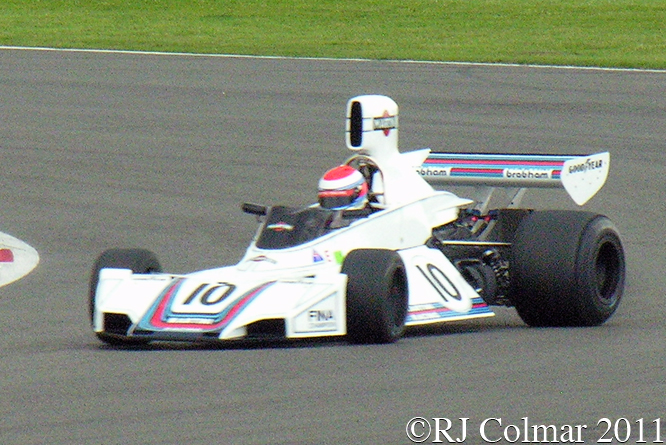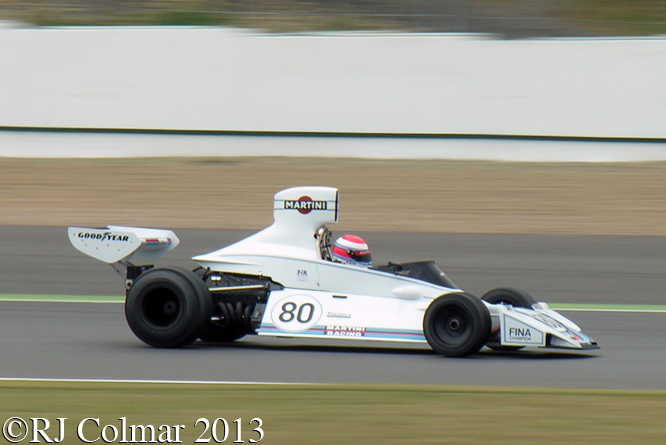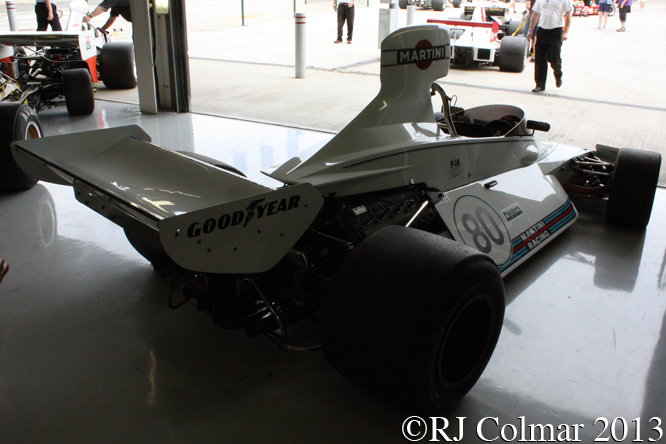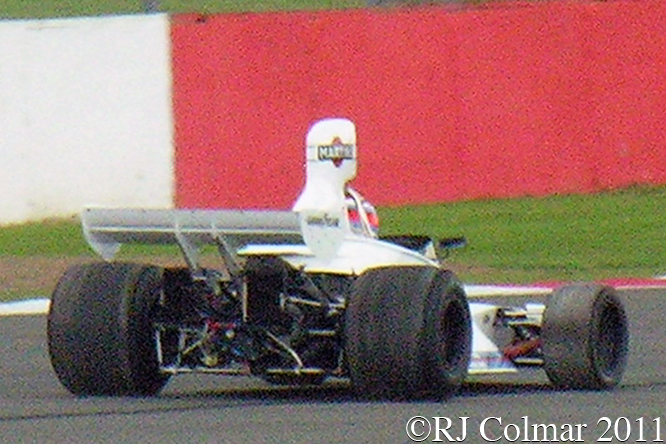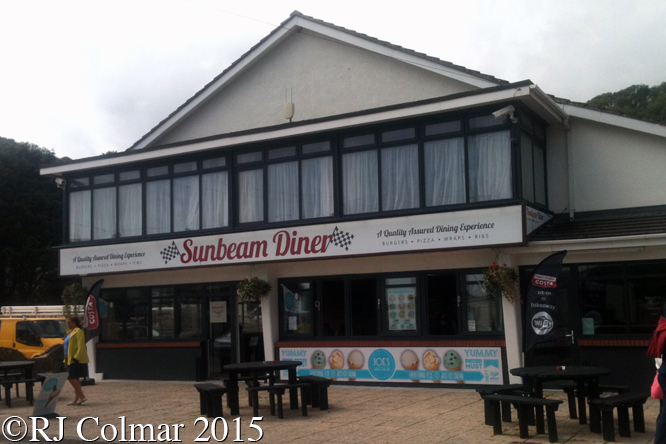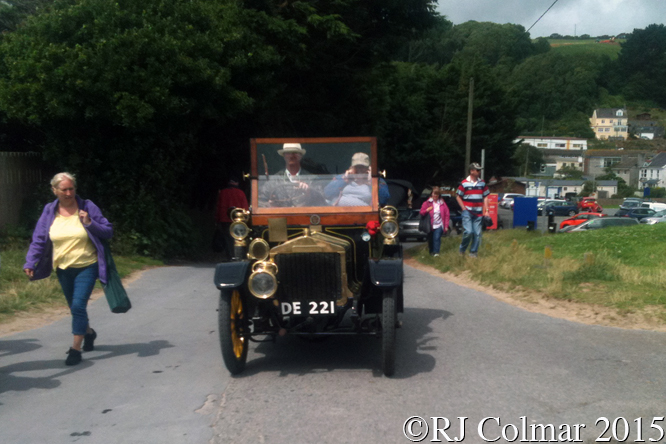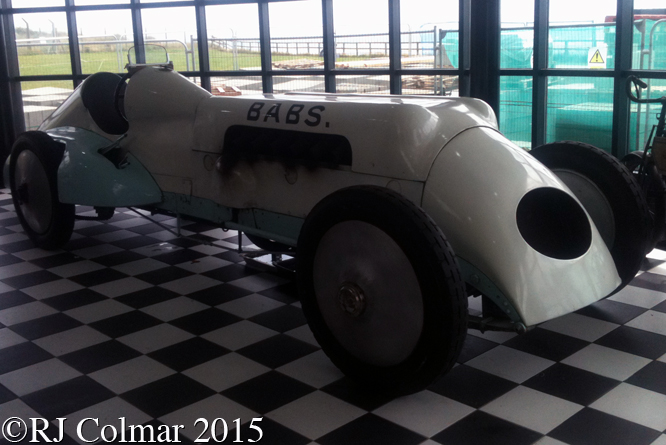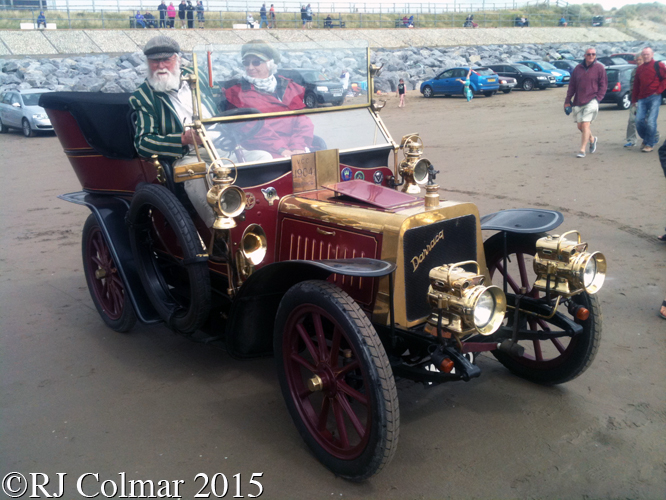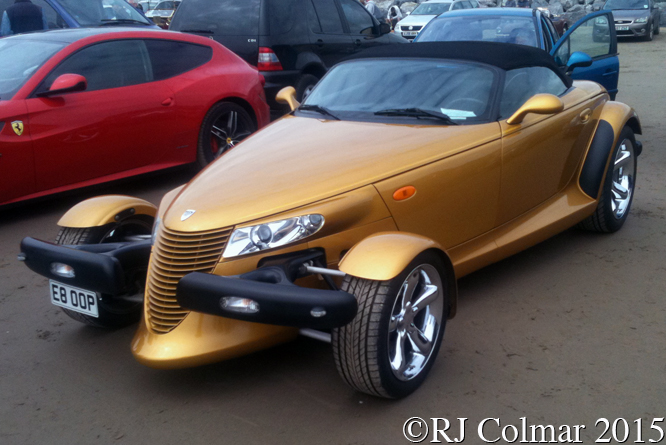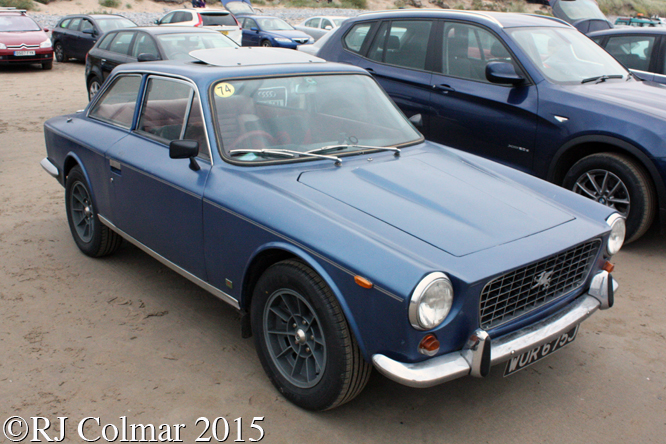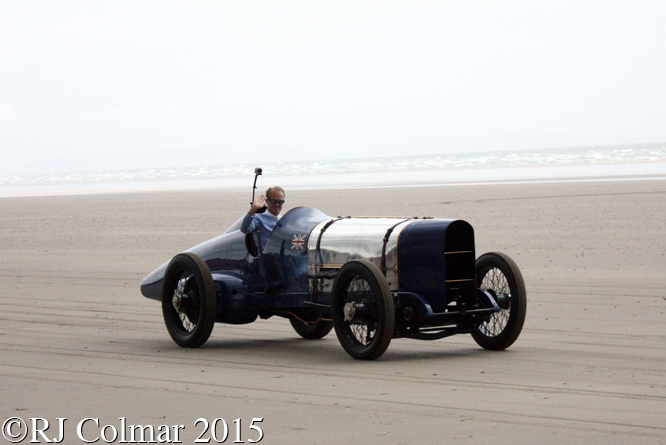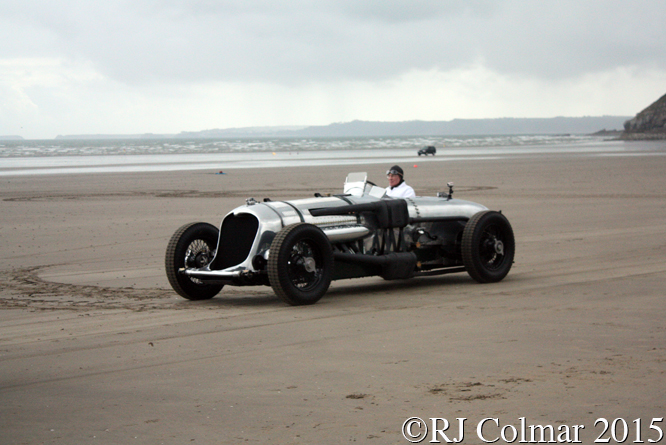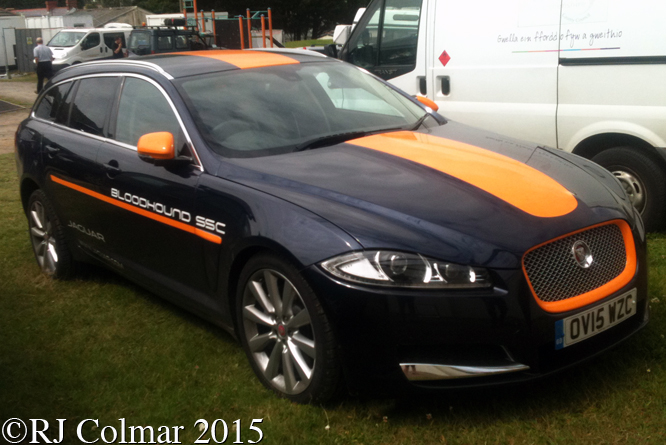Lining up alongside a Talbot Lago 26GS, a fleet of Ferrari’s that included five 375’s, with open Barchetta and closed Coupé Berlinetta bodies, a 340 and a 250MM that were in with a shout for the overall honours in the 1953 Carrera Panamericana were five Lancia’s two D23’s and three D24 models.
Lancia’s programme with the D series race cars was kick started after the 2 litre 122 cui V6 powered B20 GT Coupé driven by Giovanni Bracco and Umberto Maglioli finished second to a 4.1 litre / 250 cui Ferrari 340 America Berlinetta Vignale driven by Luigi Villoresi and Piero Cassani in the 1951 Mille Miglia.
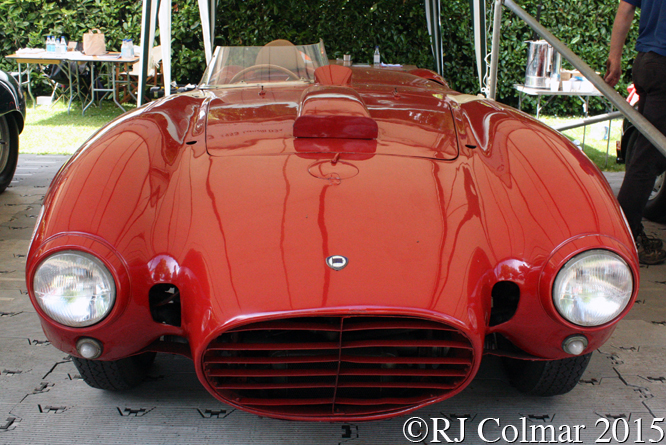
In order to go for overall honours built a series of D20 Coupé’s with supercharged 2 litre / 122 cui motors and in 1953 one of these cars driven by Umberto Maglioli won the tight and twisted roads of the Targa Florio.
However the 2 litre supercharged V6 D20’s were not powerful enough to keep up with the competition running larger normally aspirated motors on the comparatively wide open roads used for the Le Mans 24 hours, such as the winning C-Type Jaguar.
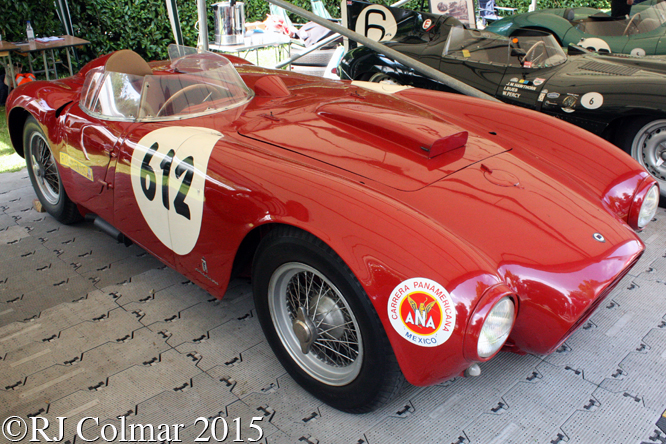
In response to this Lancia modified it’s D20’s by replacing the super charged 2 litre V6 with a normally aspirated 3 litre 183 cui V6 while Pininfarina fitted the cars, renamed D23’s, with new open bodywork.
Simultaneously Lancia also built some all new Pininfarina bodied open top sports racers designed by Vittorio Jano fitted with even larger 3.3 litre / 201 cui V6 motors which became the D24 model. Two D24’s and one D23 were entered for the 1953 Nurburgring 1000kms where Robert Manzon and Piero Taruffi put there D24 on pole, but all three retired.
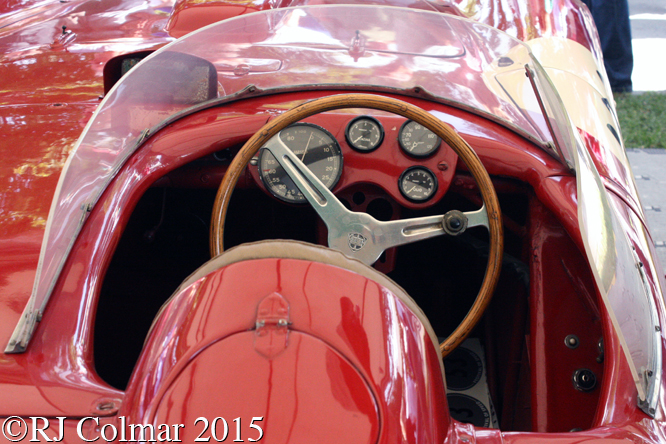
Lancia like Ferrari skipped the RAC TT at Dundrod and next lined up for the 1953 Carrera Panamericana road race where the D24 shared by Juan Manuel Fangio and Gino Bronzoni led home D24 mounted team mates Piero Taruffi and Luigi Maggio with the D23 driven by Eugenio Castellotti and Carlo Luoni coming home third ahead of the Ferrari 375MM driven by Guido Mancini and Fabrizio Serena and the Talbot – Lagp driven by Louis Rosier.
In April 1954 Piero Taruffi and Carlo Luoni drove a D24 to victory on the Giro di Sicilia, in May Alberto Ascari won the 1954 Mille Miglia with a fine solo drive in a Lancia D24, breaking a dominance by Ferrari on the event going back to 1948, and four weeks later Piero Taruffi followed up by driving a D24 to Lancia’s second consecutive win on the Targa Florio.
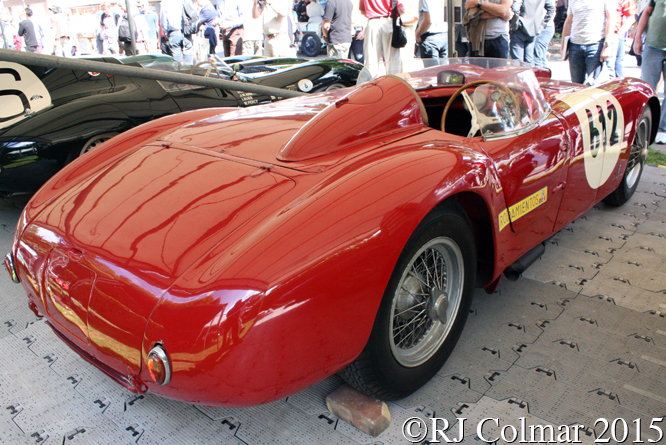
Luigi Villoresi then scored the first of three non championhship victories for the D24 at Circuito do Porto where Eugenio Castellotti came second, Eugenio won at Aosta-Gran San Bernardo before the D24’s final 1954 World Championship appearance at the RAC Tourist Trophy where Juan Manuel Fangio and Piero Taruffi finished 2nd ahead of team mates Robert Manzon and Eugenio.
The D24’s final victory was recorded by Eugenio at Firenze-Siena in October 1954 while the models final appearance was in the 1960 Buenos Aires 1000kms where Argentinians Camilo Gay and César Rivero qualified their by now well out dated D24 11th before retiring from the race with a transmission problem after competing 4 laps of the 106 lap race.
To the best of my knowledge the car seen at Goodwood Festival of Speed in these photographs belonging to the Museo Nacionale del’ Automobile is chassis #0004 which Fangio and Gino Bronzoni drove to victory in the 1953 Carrera Pan Americana and was subsequently used as a training car for by the Lancia team drivers at the Sebring 12 hours in 1954 and is also believed to have been used in some capacity for the 1954 Mille Miglia, note there are some subtle differences to the osf wing/fender to when Fangio and Bronzoni drove the car on the Carrera Panamericana. Also note #0004 is showing the #612 which was the number carried by the Meyer / O’Hara Moore Aston Martin DB3 on the MM in ’54 for no reason I or anyone else has been able to fathom.
Thanks for joining me on this “IV Carrera Panamericana Winner” edition of “Gettin’ a li’l psychoontyres” I hope you will join me again tomorrow for Ferrari Friday. Don’t forget to come back now !


